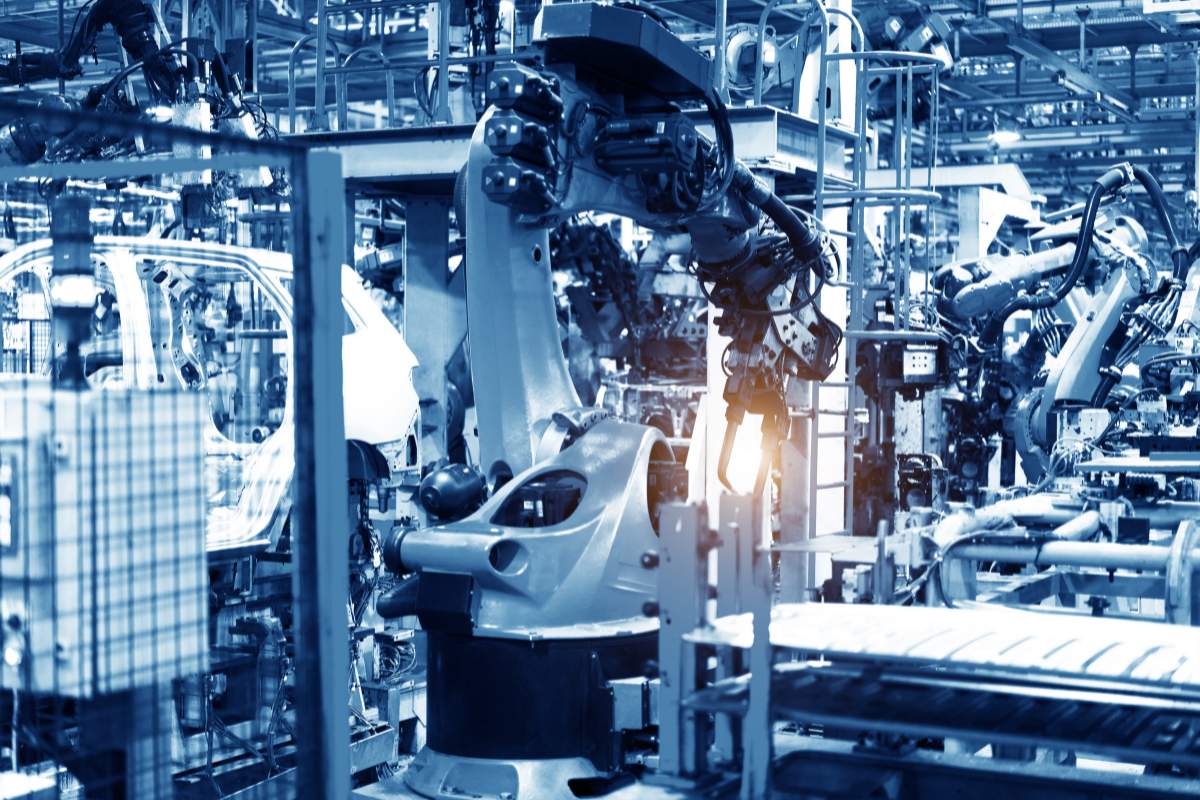In 2022, the manufacturing industry has demonstrated continued strength, with a global growth rate of 18.2%, surpassing expectations from the prior two years. However, manufacturers are currently experiencing concerns related to inflation, economic uncertainty, and problems with talent acquisition, which can possibly limit the industry’s growth.
As seen in the 2023 manufacturing industry outlook analysis, supply chain issues including sourcing bottlenecks, global logistics backlogs, cost pressures, and cyberattacks will remain critical challenges for the year to come.
What are the 5 manufacturing industry trends that can help organizations turn risks into opportunities and capture growth?
In the year ahead, manufacturing companies should consider the following:
- Exploit more digital technologies in order to increase supply chain visibility, productivity, and connectivity with their network
- Focus on strengthening their talent retention strategy, through upskilling, reskilling, providing flexibility, promote diversity, equity, and inclusion in their workplace
- Mitigate supply chain risk by boosting local capacity and moving from just-in-time sourcing to building redundancy in the supply chain
- Implement smart factory initiatives, like enhancing connectivity to the cloud, edge computing, and 5G, to achieve targeted business goals and drive competitiveness
- Adopt CSR strategies for the future of work: managing waste, increasing supplier diversity, elevating smart buildings, and electrifying fleets
Check also
- 2023 manufacturing industry outlook – Accelerating growth amid anticipated challenges
- Top 3 Predictions For The Manufacturing Industry In 2023
- Top 10 Manufacturing Trends (2023 & 2024)





